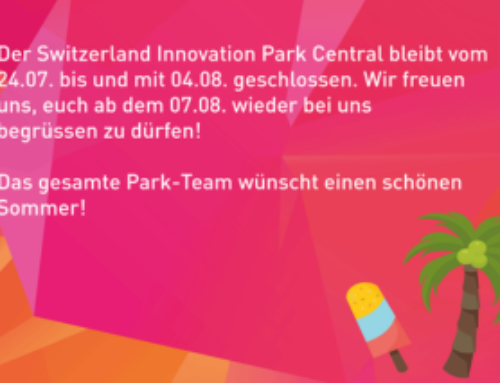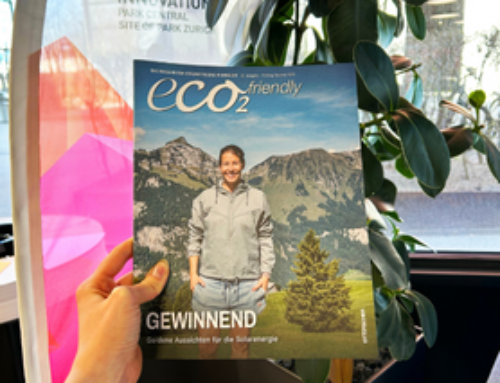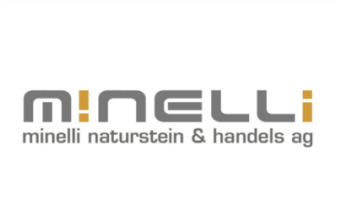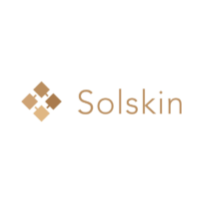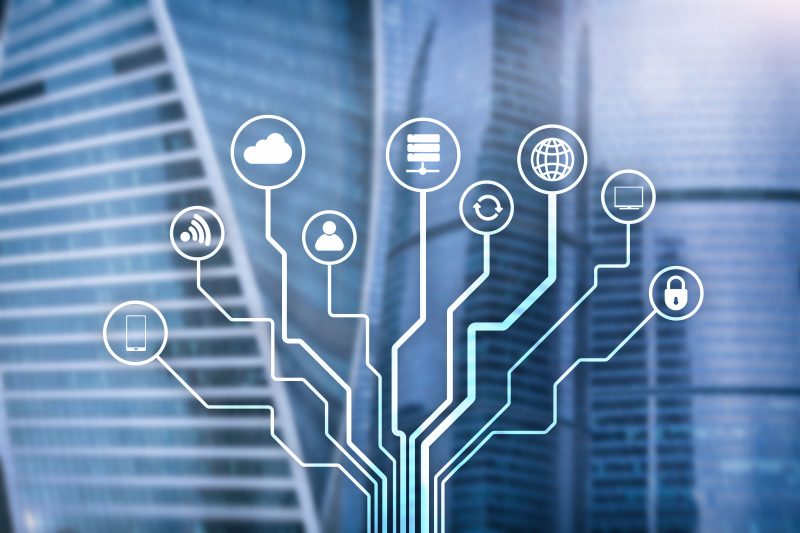
Integrate sensor data in the BIM model
The project group created a prototype of a digital building model with internet-connected devices (IoT) at the Innovation Park in Rotkreuz. The special value of the open innovation approach lies in the functional prototype and the insights gained. The contributions of the participants from companies and universities built on their different backgrounds of experience.
Targets
- We create an executable prototype (showcase)
- We connect IoT devices with the digital model (BIM)
- We create examples of evaluations (concrete applications)
- We provide the information in a suitable form (database, PC, smartphone, etc.)
Project description
With Building Information Modeling (BIM) and Internet of Things (IoT), two topics were the focus of a project at the Innovation Park Rotkreuz, whose technological development is widely discussed. To tackle this challenge, six companies and the Departments of Computer Science and Engineering & Architecture of the Lucerne University of Applied Sciences and Arts joined forces at the Innovation Park Central Switzerland and realized a BIM-IoT prototype in workshops with the help of two students. The prototype was realized in six sprints. The goal for the joint process was to connect IoT devices with the BIM model in an executable prototype and to make the device information available online in the model.
This prototype with its still limited possibilities, a so-called Minimum-Viable-Product (MVP), is then also an essential element of the Lean Startup thinking. We build, measure and learn. In the case of the BIM-IoT prototype, imagine a room in which lamps, motion sensors and fire detectors are placed. On a screen, said room is digitized as a BIM model, as are the IoT-enabled devices. The sensors of the devices in the room react to movement or even smoke during the tests. Everything that happens at the device is immediately visible in the BIM model, as is, for example, the burning time of lamps. The intended goal was achieved. The test of the prototype in the Innovation Park was successful.
Results
- Prototype with Autodesk Forge, OpenHab, IoT devices (motion, fire, lamps).
- Video documentation of the results
- Interviews with fire chief Riesch-Rotkreuz, Zug Estates, Siemens
- Student Work
- Workshop at the Swissbau trade fair
- Several publications
Lessons Learned
- Currently still major problems of connecting IoT devices from different manufacturers.
- Application Programming Interface (API) Autodesk still in the experimental stage.
- The need for such solutions is there.
Project Team
- Urs von Arx, HHM Group
- Sandro Eugster, Student HSLU
- Sandro Frey, hkg
- Basil Gähwiler, Daetwyler
- Philipp Hofmann, V-Zug
- Matthias Liechti, HHM Group
- Stefan Maric, Student HSLU
- Giuseppe Russo, Otto Fischer
- Kilian Schuster, HSLU T&A
- Simon Schwarz, Otto Fischer
- Daniel Wechsler, Arcade
- Tim Weingärtner, HSLU I

